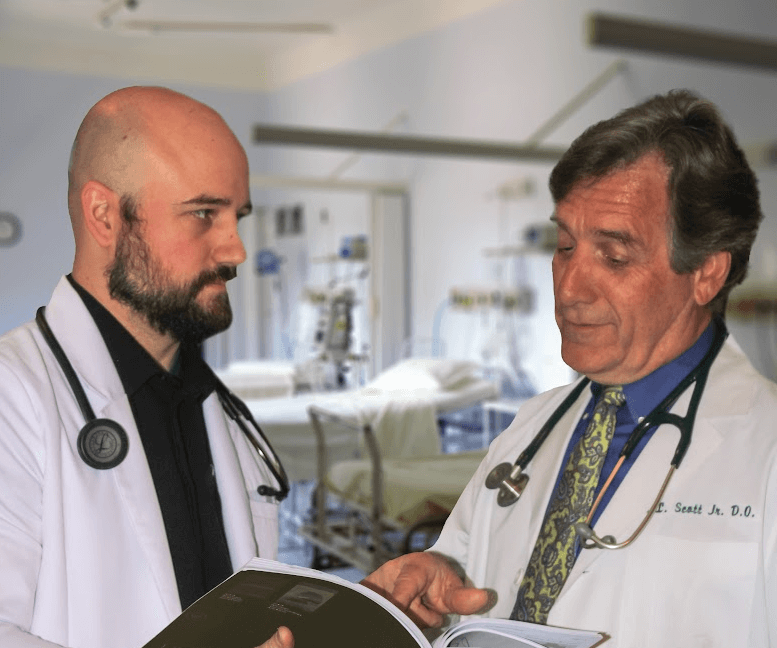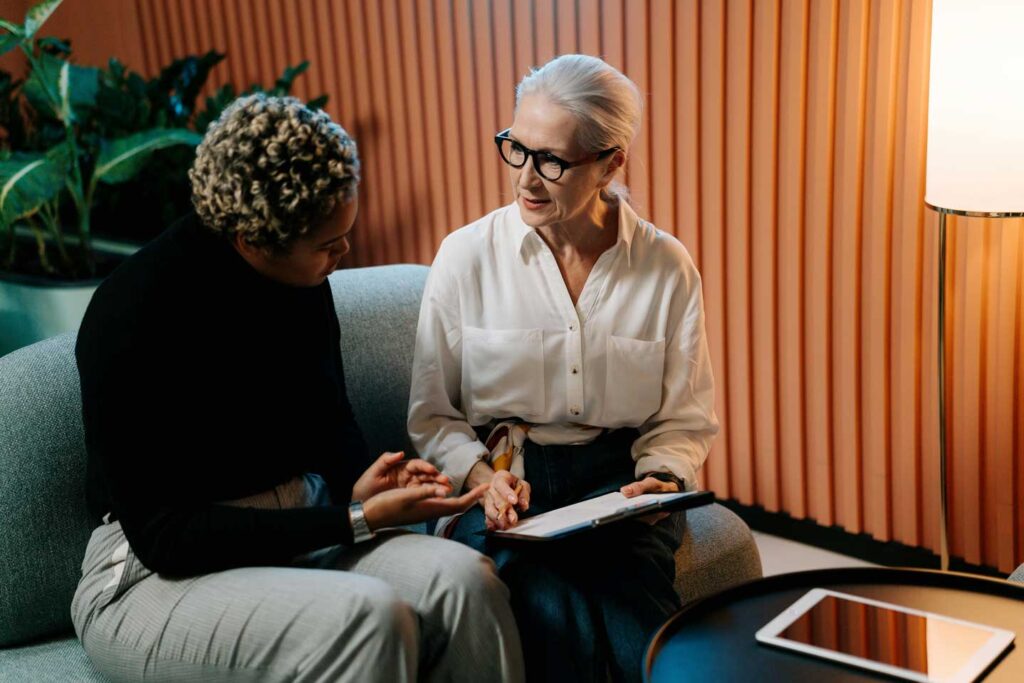As both a hospitalist and the medical director of a post-acute and long-term care facility, I am well aware of the difficulty of facilitating safe transitions for patients being transferred between facilities when a different level of care is needed.
Having been called down to the ER to admit patients from nursing homes, the difficulty in assessing and diagnosing a new problem in a nursing home patient is clear. Over 50 percent of patients living in nursing homes have some degree of dementia.
Today, we will look at some of the challenges affecting safe transitions for patients between nursing homes and hospitals, why silos of care often add complexity to the process, how electronic records are only as accurate as the information that is input, and how the human factor can make a huge impact in improving the applications of technology.
Transitions Often Lack Key Information
Most of the time, patients arrive at the ER by ambulance without a family member present. Many of them—due to dementia, strokes, etc.—cannot speak, and most of the rest can speak but are confused and do not know why they are in the ER (or, for that matter, where they are). Because of this, the ER doctor usually runs multiple tests—large panels of lab work, a chest X-ray, an EKG, and maybe a CT scan of various parts of the body. They eventually find some diagnosis (most often a urinary tract infection) and then call me down.
Conversations often go like this: “Hey, Dr. Scott, I have an admission for you. It is a patient from the nursing home. I don’t know why they were sent, but I found a UTI. Since they can’t figure it out at the nursing home, I think the patient needs to be admitted—they’ll probably get worse if we send them back with no one to check on them.”
This hunting expedition that ER doctors undertake when evaluating a patient from the nursing home seemed troubling to me. Since I worked in both the hospital and the nursing home and understood the standard protocols for each, I decided to see if I could help create a better situation for both the patient and the health-care institution.
Initially, I started by calling the ER doctor and telling him/her who I was sending to the ER and why. Although doctor-to-doctor communication is a must when transferring patients between hospitals, in most cases, nursing homes are not required to make physician-to-physician transfers and rarely do.
Most of the time, unfortunately, the ER doctor who picked up the patient upon arrival to the ER was not the same one I had talked to and the new ER doctor approached the patient like they did any other nursing home arrival. Even their notes would state that there was “no information available from the attending physician.” That did not help the situation, and I found it very frustrating.
I decided that talking to the ER doctor alone was not helping to create a safe transition, so I made a specific point of trying to troubleshoot the process originating from the nursing home, where nurses are required to fill out transfer forms. I told the nurse exactly what to write on the transfer order forms so that clear and concise language was available for the ER doctor to see when the patient arrived from the nursing home.
Despite these efforts, the calls from the ER about my patients and their work-up were no different. In most cases, the presentation still began with, “I don’t know why this patient is here, and they can’t tell me.” When I asked if my paperwork was clear, the answer was simply, “What paperwork?”
It was evident that attempts at clear communication still weren’t reaching the intended targets.
Silos of Care Can Create Complexity
One day, I got a call from the nursing home about one of my patients who clearly needed to go to the hospital. I happened to be making rounds in the hospital at that time. Since the nursing home was only five minutes away, I recognized an opportunity to make first-hand observations about the entire transition of care process and see how information was delivered each step of the way.
I drove to the nursing home, assessed the patient, and concurred that they did need to go to the hospital’s ER. I personally wrote up detailed paperwork and asked the nurse to compile a list of all medications the patient was currently using. I reviewed every piece of paper to make sure that the file was complete and accurate and placed it in an envelope while waiting for EMS to arrive. I gave the paramedic a verbal check–out on the patient and handed him the packet of paper for delivery to the ER.
I followed the patient to the ambulance, then ran to my car, drove to the hospital, and immediately ran to the ER.
My patient was already in a room in the ER when I arrived, but as I approached the nursing station, I witnessed the nurse opening the packet of paper I had meticulously included. She then took all the paperwork from the nursing home and placed it in the shred bin, which was locked. There was essentially no way to retrieve all the paperwork that I had created.
When I asked the nurse why she had done that, she informed me that they knew none of those papers were accurate. After all, they were created by the nursing home. Instead, she would just pull the patient up on the computer since this patient had been admitted to the hospital in the past. She reiterated that this would be the most accurate information available on this patient.
Of course, I knew that the hospital computer did not have the most recent information since I had been taking care of the patient at the nursing home for a long time. Many things had changed over the months this patient had been in the nursing home, including the list of current medications. To top things off, the electronic medical record (EMR) systems between the nursing home and the hospital did not communicate with each other.
Watching all this unfold in real time, I finally began to understand the complexity of patient transfers—which not only carried all the difficulty of accurate communication but the obstruction inherent in silos of care. The best intentions of dedicated health-care professionals are frustrated by their own biases created by working inside the walls of one institution at a given level of care. They are proud of the great work they do—and for the most part, they should be—but have little understanding of the dedication and excellent care of their contemporaries working at another institution.
Although questioning a diagnosis and treatment plan is always a healthy exercise, not receiving information from another professional or considering what transpired at another institution can be dangerous and may result in needless redundancy of care and create greater expense without gain for the patient.
Electronic Records Are Only as Good as Information Shared
Many institutions believe that great headway has been made on this problem since all health-care institutions have been required to go to electronic health records. Unfortunately, many nursing homes have not completed that transition yet and are either still on paper or have become a “hybrid” institution, i.e., being partly on paper and partly electronic. Even more frustrating is the fact that most electronic systems either don’t communicate with each other or do so poorly and in a “clunky” way that makes retrieving good information difficult.
Finally, I have found that electronic medical records are not the be-all and end-all that we had hoped. After all, garbage in leads to garbage out. For instance, although it may be easy to see any medication a patient has ever been prescribed, knowing exactly what the patient is taking currently is much more difficult to figure out.
I have heard this complaint even from patients and caregivers who fully understand their medications and are confused by what shows up on discharge paperwork. One patient recently told me that they were sent from a hospital to a nursing home with two different lists of medications. It was difficult for everyone to figure out what the correct formula was.
Technology Is Still Dependent on the Human Factor
No matter what technology caregivers use to provide the best of care, health outcomes in today’s world are still heavily dependent on the human factor. This may be part of what makes one’s intersection with the health-care industry precarious—but it is also what makes it special.
I have yet to meet a sick or injured patient who longed for the comfort of a computer or a piece of paper. The touch of a doctor or a nurse can make all the difference. However, there is no shortcut around excellent communication between health-care professionals across all silos of care, including ER doctor to ER doctor in the same institution. Always be willing to ask the extra question.
Allowing technology to aid us in this process is essential, but honing our skills at giving a concise and accurate presentation remains an important and vital part of good health-care delivery. As the pace of our world speeds up, driven by technology, it must be countered by remembering that safe transitions between caregivers require good communication and a slight pause to consider the complexity of a human life that deserves careful thought and compassionate consideration.





